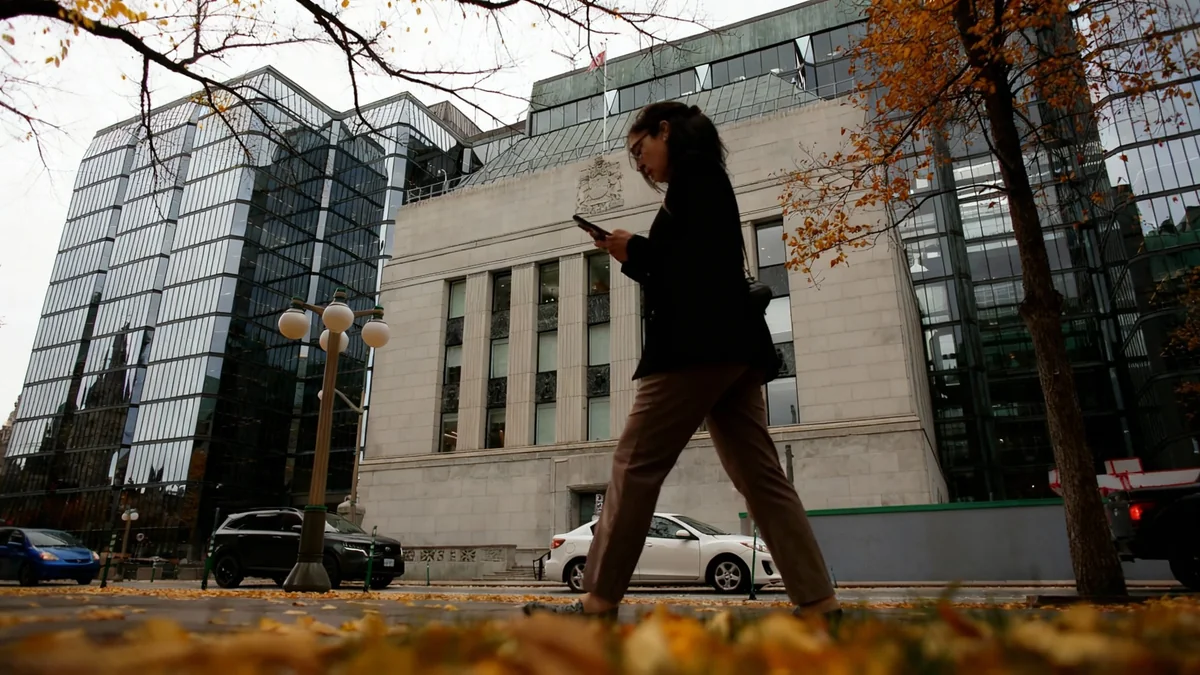Argentina's central bank executed its largest single-day sale of U.S. dollars in nearly six years, injecting $678 million into the market on Friday to defend the struggling peso. This significant intervention comes amid intense pressure from institutional investors seeking safe-haven assets due to growing political and economic uncertainty.
The move brought the total dollar sales over the past three trading sessions to a substantial $1.1 billion. Officials have affirmed their commitment to using the nation's foreign reserves to manage the exchange rate and prevent a disorderly depreciation of the local currency.
Key Takeaways
- Argentina's central bank sold $678 million on Friday, the largest daily intervention since October 2019.
- Total sales over three consecutive sessions reached $1.1 billion as the bank moved to support the peso.
- The high demand for U.S. dollars is primarily driven by institutional investors concerned about domestic political instability.
- This strategy places significant strain on Argentina's already limited foreign currency reserves, raising questions about its long-term viability.
Details of the Record Intervention
The Central Bank of the Argentine Republic (BCRA) confirmed the sale of $678 million from its reserves on Friday. This figure represents the most aggressive single-day intervention aimed at stabilizing the peso since a similar period of currency volatility in late 2019. The consistent selling pressure highlights the government's active role in managing the official exchange rate.
Over the course of the week, the central bank's actions intensified. The three-day total of $1.1 billion sold underscores the severity of the dollar demand the monetary authority is facing. These interventions are designed to supply the market with foreign currency, absorbing the excess demand for pesos and thereby preventing a sharper decline in the official exchange rate.
Intervention by the Numbers
- Single-Day Sale: $678 million
- Three-Day Total: $1.1 billion
- Last Comparable Sale: October 2019
Argentina's economy chief has publicly stated that the government will continue to utilize its reserves as a primary tool for currency management. This policy aims to provide a sense of stability and control, particularly as the peso hovers near the upper limit of its managed floating exchange-rate band.
Political Uncertainty Fuels Dollar Demand
The primary driver behind the rush to acquire U.S. dollars is a pervasive sense of political and economic uncertainty among investors. Institutional players, including large corporations and investment funds, are increasingly hedging their positions by converting peso-denominated assets into dollars. This flight to safety is a common reaction during periods of perceived instability in Argentina.
Investor Concerns and Capital Flight
Historically, Argentina has faced cycles of economic crisis often linked to political transitions. With a shifting political landscape, investors are wary of potential policy changes that could impact their assets, such as stricter capital controls, new taxes, or a sudden currency devaluation. The U.S. dollar is viewed as a stable store of value, protecting wealth from the high inflation and volatility that characterize the Argentine economy.
"When there is a lack of clarity on the future direction of economic policy, the market's natural reaction is to seek refuge in the dollar. What we are seeing is a textbook case of capital flight driven by risk aversion," noted a local market analyst.
This behavior creates a self-reinforcing cycle. As more investors buy dollars, the pressure on the peso increases, forcing the central bank to intervene more heavily. This, in turn, depletes reserves and can further erode confidence in the local currency.
The Strain on Argentina's Foreign Reserves
While intervening in the currency market can provide short-term stability, it comes at a significant cost: the depletion of Argentina's foreign currency reserves. These reserves are crucial for a country's ability to meet its international debt obligations, pay for essential imports, and maintain overall economic confidence.
What Are Foreign Reserves?
Foreign reserves are assets held by a nation's central bank, typically in the form of foreign currencies like the U.S. dollar, gold, and other international assets. They serve as a financial backstop, allowing a country to manage its currency's value and ensure it can meet its foreign liabilities.
Argentina's net reserves have been under pressure for years due to high debt payments and a lack of access to international credit markets. According to recent estimates from private sector analysts, net liquid reserves are critically low, with some reports suggesting they may even be in negative territory when accounting for all liabilities.
Each large-scale intervention like the one seen on Friday further reduces this crucial buffer. The sustainability of this strategy is a major point of concern for economists and international observers. If reserves fall below a critical threshold, the central bank's ability to defend the peso could be severely compromised, potentially leading to the very currency crisis it is trying to prevent.
Long-Term Economic Challenges
The currency pressure is a symptom of deeper structural issues within the Argentine economy. These include:
- Chronic High Inflation: Argentina has one of the highest inflation rates in the world, which consistently erodes the purchasing power of the peso and incentivizes saving in dollars.
- Fiscal Deficits: Persistent government spending beyond its revenue often leads to monetary printing, further fueling inflation.
- Lack of Investor Confidence: A history of defaults and unpredictable policy shifts has made international investors hesitant to commit long-term capital to the country.
Addressing these fundamental problems is essential for achieving long-term currency stability. Relying solely on reserve sales is widely seen as a temporary measure that buys time but does not solve the underlying economic imbalances. Without comprehensive reforms, the pressure on the peso and the central bank's reserves is likely to continue.





